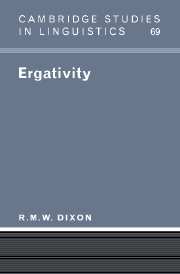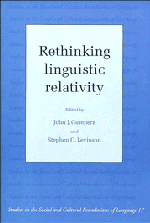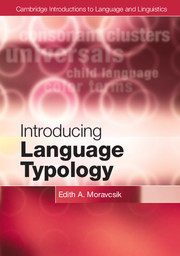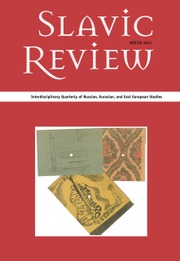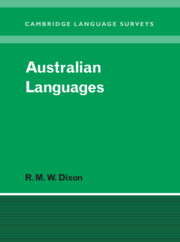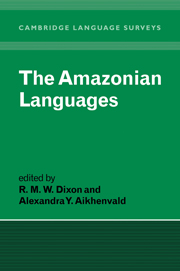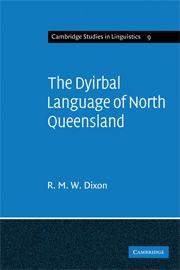Ergativity
Although there is only one ergative language in Europe (Basque), perhaps one-quarter of the world's languages show ergative properties, and pose considerable difficulties for many current linguistic theories. R. M. W. Dixon here provides a full survey of the various types of ergativity, looking at the ways they interrelate, their semantic bases and their role in the organisation of discourse. Ergativity stems from R. M. W. Dixon's long-standing interest in the topic, and in particular from his seminal 1979 paper in Language. It includes a rich collection of data from a large number of the world's languages. Comprehensive, clear and insightful, it will be the standard point of reference for all those interested in the topic.
- First ever book-length work on this topic, though it has been much discussed
- Dixon's 1979 paper on ergativity famous and often cited. This book is a development of it
- Dixon one of the most famous authors on the list (see book The Languages of Australia / Cambridge University Press)
Reviews & endorsements
'Long awaited … readers will not be disappointed. I can confidently predict that Ergativity will soon be on the reading list of many a course in morphology, syntax and typology.' Functions of Language
Product details
August 1994Paperback
9780521448987
296 pages
228 × 152 × 23 mm
0.47kg
Available
Table of Contents
- 1. Introduction
- 2. Syntactically-based and semantically-based marking
- 3. Intra-clausal or morphological ergativity
- 4. Types of split system
- 5. The category of 'subject'
- 6. Inter-clausal or syntactic ergativity
- 7. Language change
- 8. The rationale for ergativity
- Appendix
- A note on theoretical models
- References
- Indexes.

